What is a Neolithic ditched enclosure? An overview

The notion of Neolithic ditched enclosure.
Trying to define what a Neolithic ditched enclosure is can be tricky. They adopted very diverse forms, and it is reasonable to think that when we use this category we may be mistakenly subsuming different realities under a unifying concept. But the fact remains that they appear similar to us in some ways, and that we, as archaeologists, have to deal with sites that pose analogous challenges and prompt similar research questions. Thus, even if it is just for pragmatic reasons, it is worth keeping an eye on the big picture. The most basic element that allows the archaeological recongnition of a Neolithic or Copper age ditched enclosure is the presence of at least one ditch surrounding an otherwise open-air area. The ditches delimit the enclosed space and give shape to the site. In this section we will have a quick look at some examples of plans. In all the drawings below, the dark lines, either black or dark grey, represent the layout of the ditches.
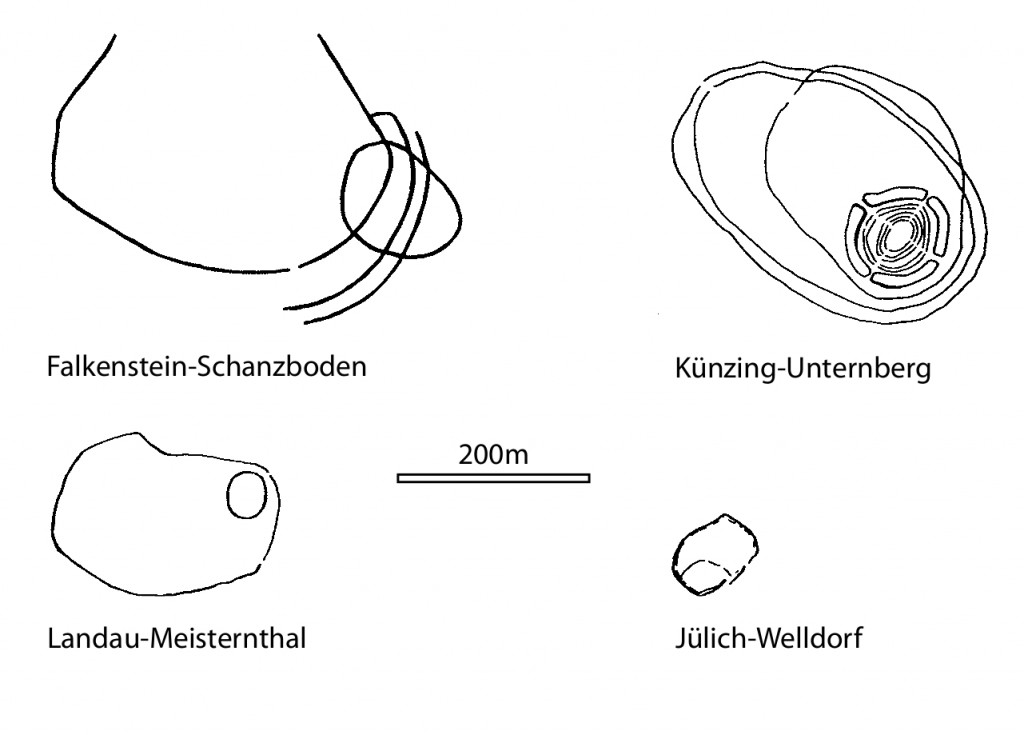
Floor plans.
Every Neolithic ditched enclosure is unique. However, most of them were roughly circular or oval in plan. Perfectly circular enclosures are rare, although most Rondels (Central European Circular Ditched Enclosures) and British henges come close. Right and acute angles, typical of square, rectangular or trapezoidal forms, are almost non-existent.
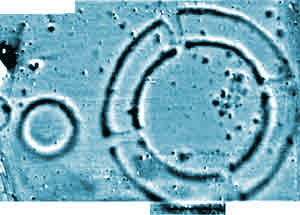
Sometimes their layout followed the local topography, and others the enclosed areas were circumscribed, in addition to the ditches, by natural features such as rivers or steep slopes.
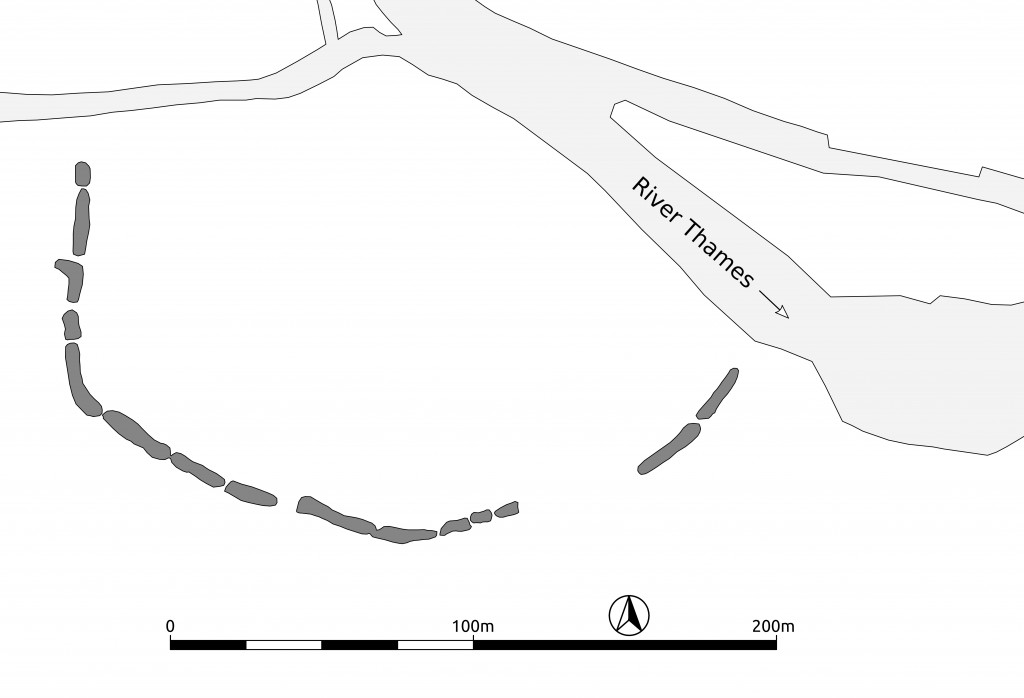
But they can also involve those natural elements and make then part of the enclosed area.
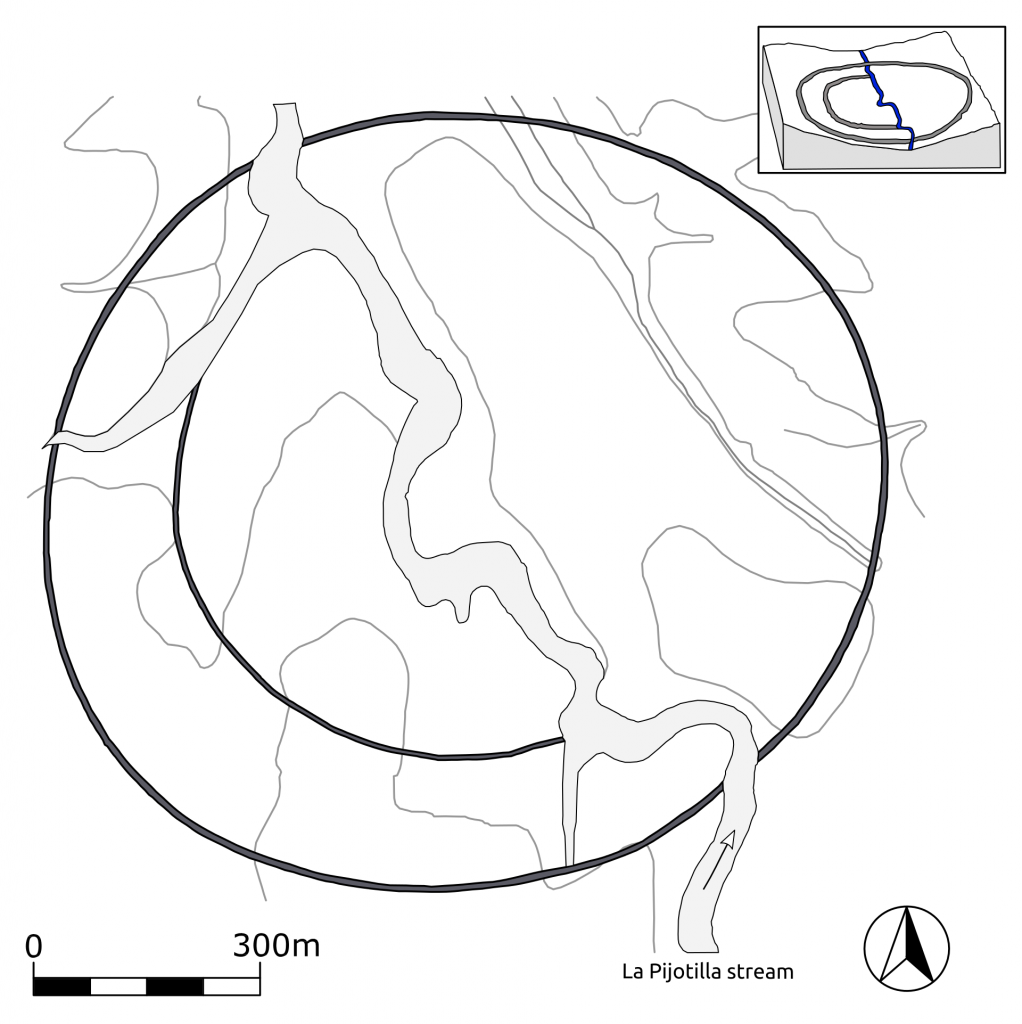
On occassions, the enclosures were defined by interrupted or causewayed ditches, that is, ditches with frequent gaps in their layout that at first sight give the impression of permeability of its boundaries (although this might be misleading). Enclosures with this curious peculiarity are known in multiple regions of Western Europe, from Britain to Central Europe, and from Scandinavia to Central Iberia, with diverse chronologies. The receive the generic name of ’causewayed enclosures’. The purpose of these gaps remains unclear.
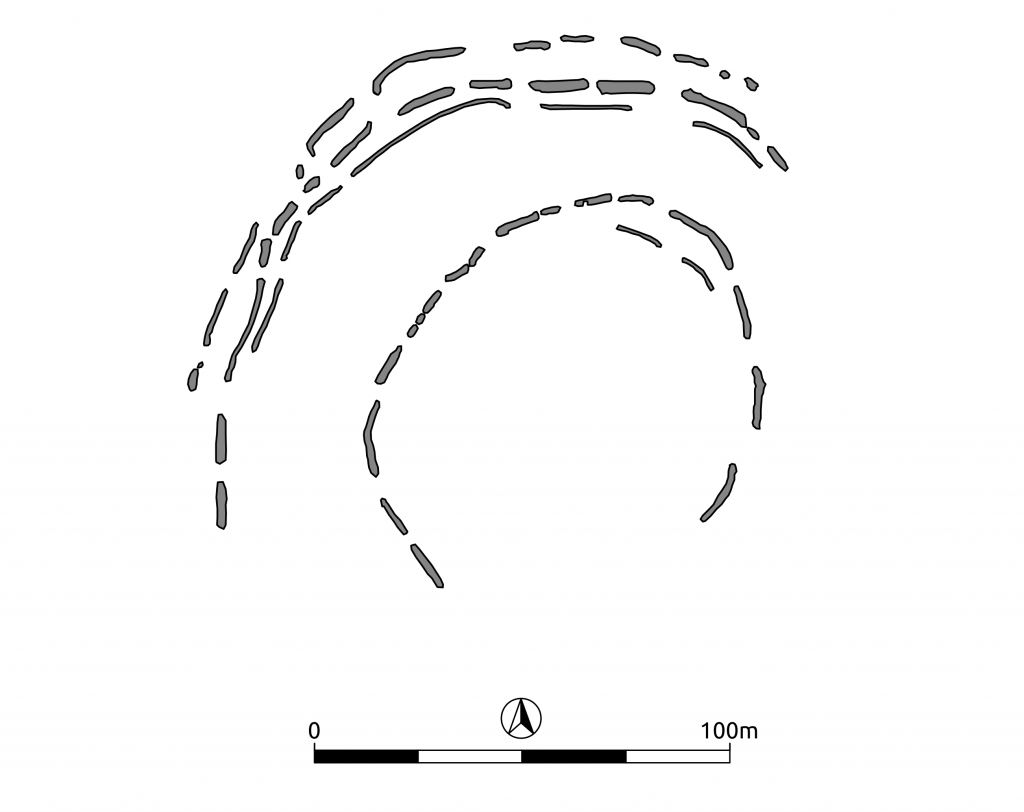
Sites with more than one enclosing ditch are usual. When this occurs, they tend to be approximately concentric, although this is not always the case. For sites with multiple ditches one of the challenges for their archaeological study is the need to determine if all the ditches at one site where built at the same time, or if, instead, each one of the ditches was dug in a different constructive moment. Pits may also be very common, especially in certain areas like Southern Iberia.
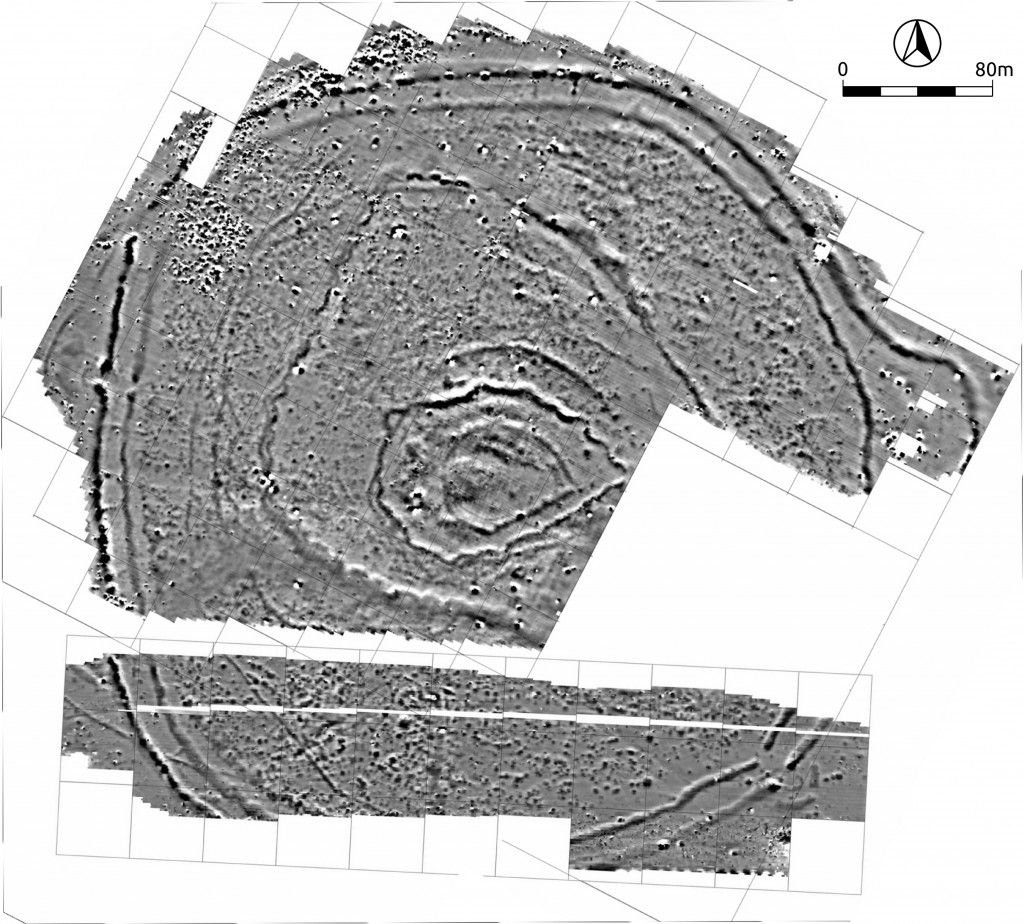
The entrances of a Neolithic ditched enclosure can sometimes adopt complex architectural forms. Ditches, banks and palisades can combine in different ways to create difficult to interpret arrangements.
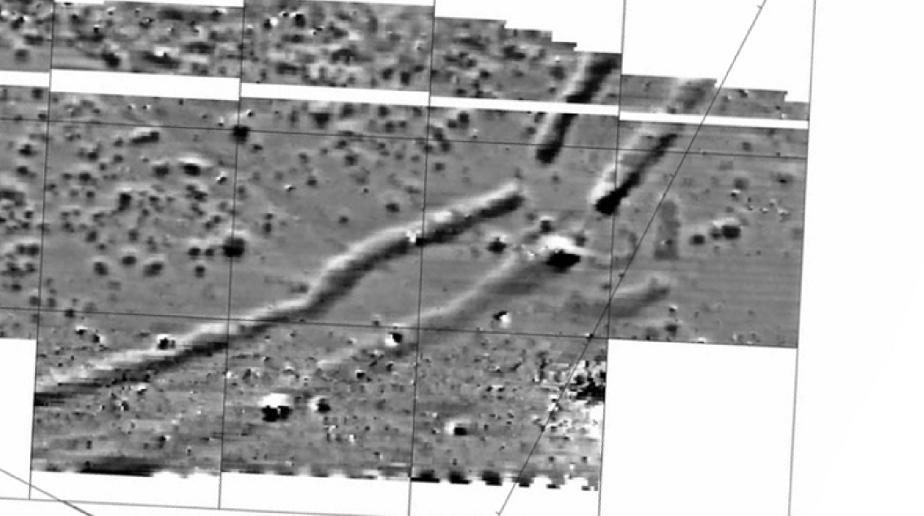
Dimensions of enclosures and their features.
The size of the enclosed areas can be extremely variable, from small enclosures of less than 1 ha to gigantic sites of more than 100 ha. As reference for comparison, the preferred size for many professional teams’ football stadiums is 105 by 68 m; that is, about 0.7 ha. A Neolithic ditched enclosure of more than 100 ha could in theory include over 140 football fields!
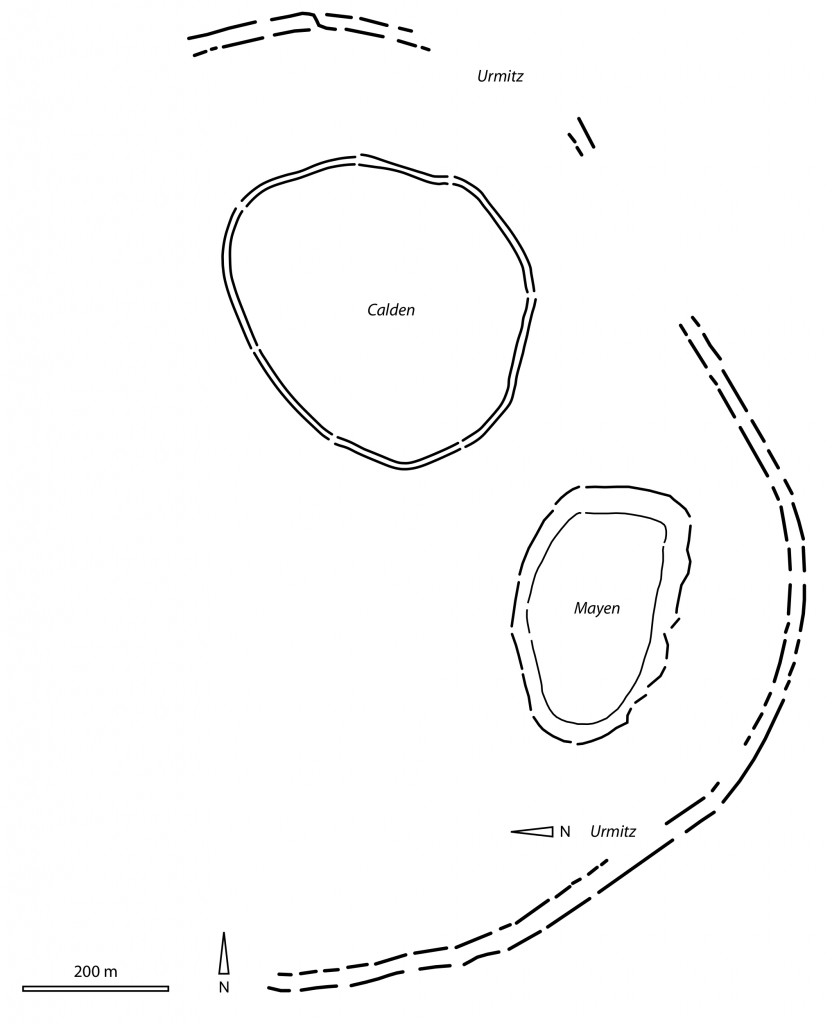
Very often, ditches were themselves monumental, with dimensions reaching up to 20 m wide and 7 m deep, although there is a high degree of variability in that regard and most were smaller than that. Just like ditches, building the banks and palisades or carrying and placing the megaliths (where enclosures included them) must have been an enormous effort that involved many people, a huge investment of energy and a good dosis of communal organisation.
Next: enclosing ditches